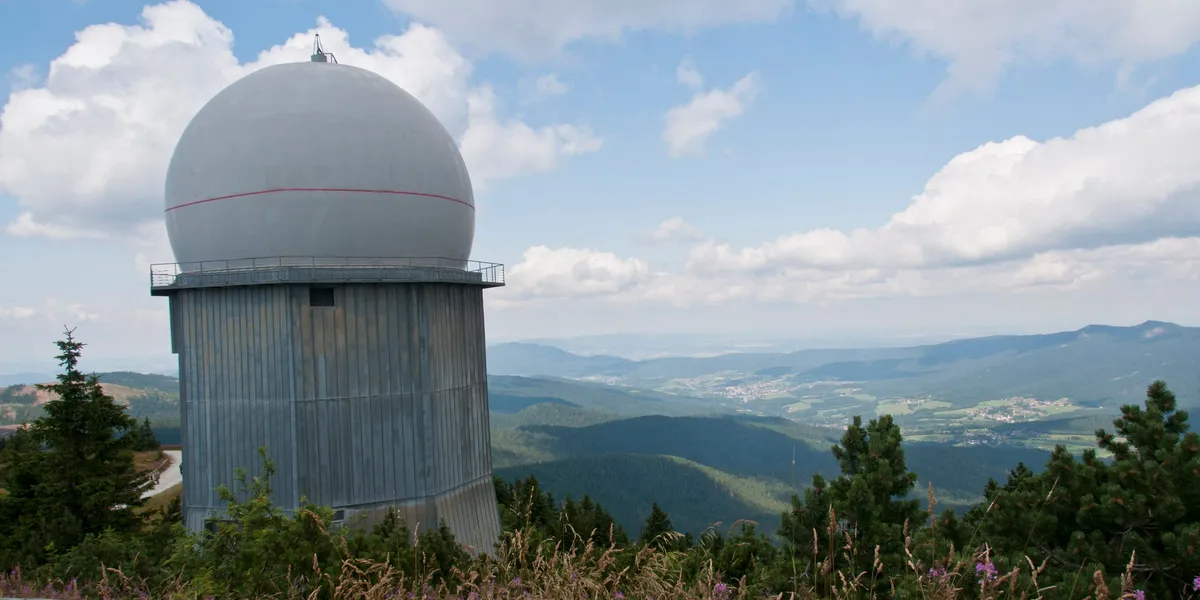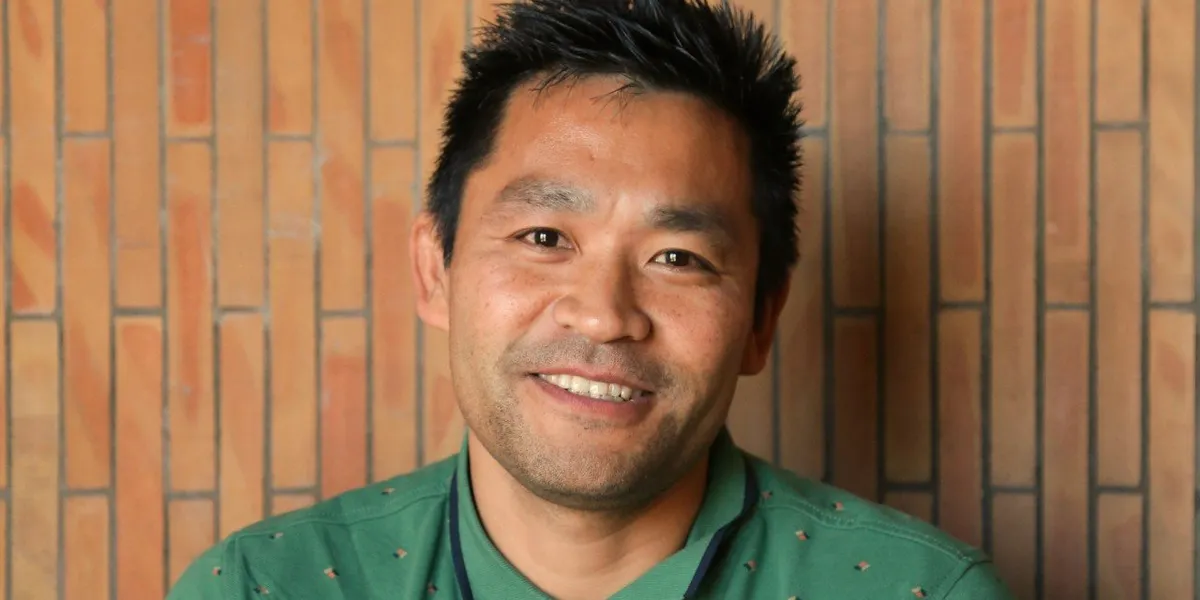“This story was originally published by Grist. Sign up for Grist’s weekly newsletter here.”
Around the world, farmers are retooling their land to harvest the hottest new commodity: sunlight. As the price of renewable energy technology has plummeted and water has gotten more scarce, growers are fallowing acreage and installing solar panels. Some are even growing crops beneath them, which is great for plants stressed by too many rays. Still others are letting that shaded land go wild, providing habitat for pollinators and fodder for grazing livestock.
According to a new study, this practice of agrisolar has been quite lucrative for farmers in California’s Central Valley over the last 25 years — and for the environment. Researchers looked at producers who had idled land and installed solar, using the electricity to run equipment like water pumps and selling the excess power to utilities.
On average, that energy savings and revenue added up to $124,000 per hectare (about 2.5 acres) each year, 25 times the value of using the land to grow crops. Collectively, the juice generated in the Central Valley could power around 500,000 households while saving enough water to hydrate 27 million people annually. “If a farmer owns 10 acres of land, and they choose to convert one or two acres to a solar array, that could produce enough income for them to feel security for their whole operation,” said Jake Stid, a renewable energy landscape scientist at Michigan State University and lead author of the paper, published in the journal Nature Sustainability.
The Central Valley is among the most productive agricultural regions in the world: It makes up just 1 percent of all farmland acreage in the United States, yet generates a third of the nation’s fruits and vegetables. But it’s also extremely water-stressed as California whiplashes between years of significant rainfall and drought. To irrigate all those crops, farmers have drawn so much groundwater that aquifers collapse like empty water bottles, making the earth itself sink by many feet.
Farmers can’t make their crops less thirsty, so many have been converting some of their acreage to solar. The Central Valley is ideal for this, being mostly flat and very sunny, hence the agricultural productivity. At the same time, farmers have been getting good rates for the electricity that they offset and that they send back to the grid.
Now, though, California has adopted standards that reduce those rates by 75 percent on average. For a farmer investing in panels, the investment looks less enticing. “The algebra or calculus — or whatever math discipline you want to reference — it just doesn’t work out the same way,” said Karen Norene Mills, vice president of legal advocacy at the California Farm Bureau, which promotes the state’s agricultural community.
Also, the study found that by fallowing land for solar panels, food production in the Central Valley dropped by enough calories to feed 86,000 people a year. But, Stid said, markets can adjust, as crops are grown elsewhere to make up the deficit. By tapping the sun instead, Stid added, growers can simultaneously help California reach its goals of deploying renewable and reducing groundwater usage.
The tension, though, is meeting those objectives while still producing incredible quantities of food. “That is always our concern about some of these pressures,” Mills said.
But this isn’t an either-or proposition: Many farmers are finding ways to grow some crops, like leafy greens and berries, under the panels. The shade reduces evaporation from the soil, allowing growers to water less often. In turn, a wetted landscape cools the panels, which improves their efficiency. “This is the compromise that’s going to allow for both energy independence and food security,” said horticulturalist Jennifer Bousselot, who studies agrisolar at Colorado State University but wasn’t involved in the new study.
Farmers are also turning livestock loose to graze under their panels. Their droppings fertilize the soil, leading to more plant growth and more flowers that support native pollinators. “The grass, it’s so much more lush under the panels, it’s amazing,” said Ryan Romack, founder of Virginia-based AgriSolar Ranch, which provides grazing services. “Especially when the sheep have been on site long-term, you can really see the added benefits of the manure load.”
Then, if a farmer decides not to replace the solar panels at the end of their lifespan — usually around 25 or 30 years — the soil will be refreshed with nutrients and ready to grow more crops. Even if a grower simply lets them sit for decades without any management, the fallowing can restore the soil’s health. “We really see solar as a collective landscape,” Stid said, “that can be sited, managed, and designed in a way to benefit both people and the planet and ecosystems as well.”
This article originally appeared in Grist at https://grist.org/climate-energy/farmers-are-making-bank-harvesting-a-new-crop-solar-energy/.
Grist is a nonprofit, independent media organization dedicated to telling stories of climate solutions and a just future. Learn more at Grist.org









